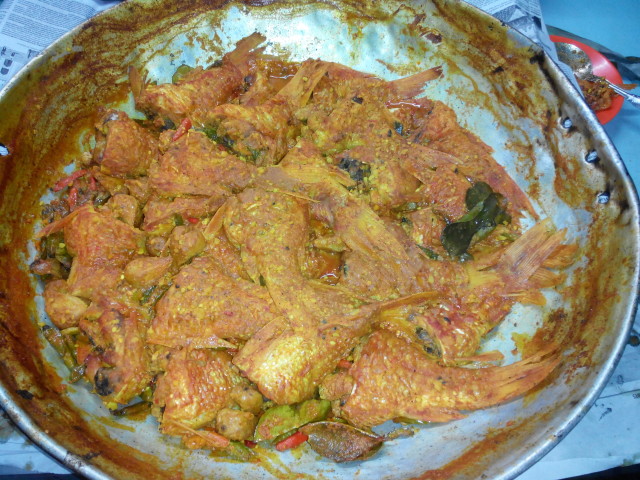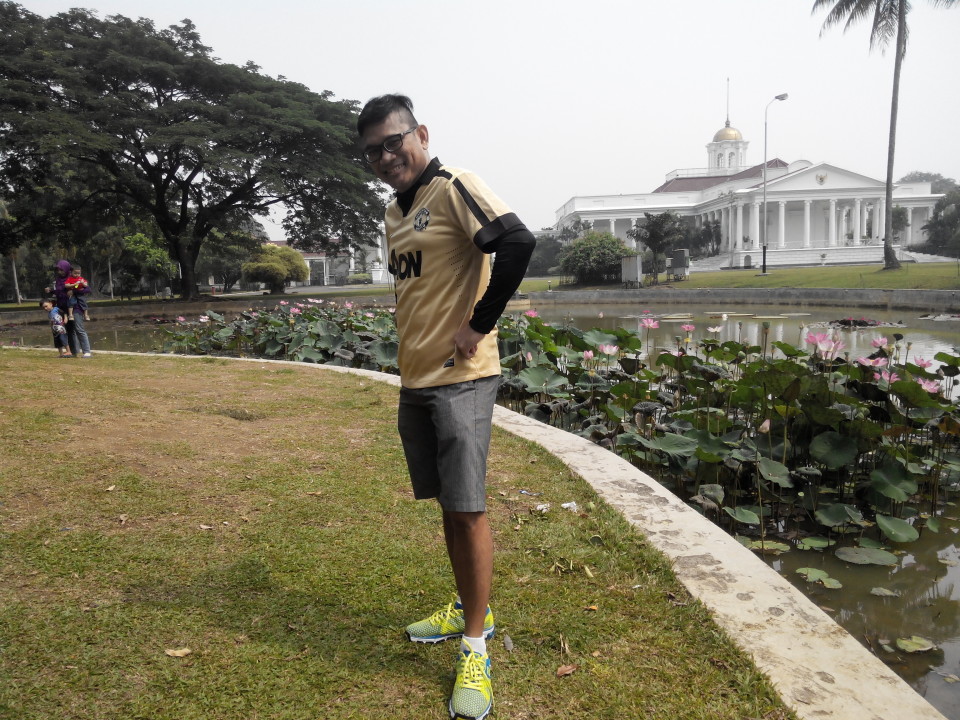The story behind the tasty Dekke Na Arsik
Culinary tourism also has positive economic impacts, especially for rural areas. As these tourists become more adventurous both in their palates and their interest areas, rural areas have an opportunity to capitalize. Promoting food tourism in rural areas helps local famers, producers and small business owners, and helps these rural economies to diversify (Everett & Aitchison, 2008, p. 159). Tourists who venture out into these areas are in search of something authentic and different from what is common for them, and in this way help to foster these types of businesses. Their desire to do so is beneficial and can be seen as sustainable by supporting the local economy – establishments wanting to cater to the demand for local products will source their offerings from local purveyors, which in turn cuts down on food miles (Hall & Wilson, 2008, p. 3) making rural food tourism more environmentally sound.
The importance of using local food and drink to develop a “Sense of Place,” create a unique visitor experience and differentiate tourism destinations while providing economic benefits to the local community cannot be underestimated.
Goldfish, often heard in the Batak culture, commonly known as “arsik” which is more familiar as the typical food of Bataknese. At the Batak Toba also known as the “dekke na niarsik” which means dried fish. At the Batak Karo known as “nurung mas”.
Goldfish must be given in an odd number, one, three, five, and seven. Each number has a meaning in accordance with the provisions of Batak. It means that: One piece is for the newly married couple, three pieces for the couple who have children, five pieces for parents who already have grandchildren, seven pieces reserved for the leaders.
If a child is born, especially if the first one, the hula-hula (clan group from the mother) must provide Arsik. Three fish given, symbolize the family has gained one member in the family, One for the Father, one for the mother, and another for the newborn child.
For newly married couple, the number of fish given by parent’s only one which symbolizes the hope that the couple will bind themselves forever. Arsik is once again symbolizing the blessings of parents who took off the girl because she had become part of her husband’s family.
The Presentation of Arsik basically should not be arbitrary because many meanings contained. The arsik presentation shall remain in intact condition, from head to tail. The scales were not to be thrown away. It symbolizes the complete picture of human life. Fish should not be cut because the person who received it would not obtain ancestry.
In addition The dekke na niarsik should be presented in a swimming position with head facing to the person who receives it. If more than one, then all fish must be aligned parallel, families who receive these fish are expected to run in parallel or in tandem toward the same direction and purpose. So if there are problems and obstacles that block can be solved jointly by each family member.

